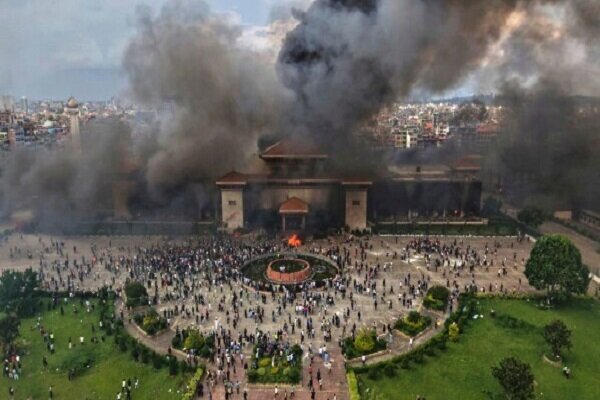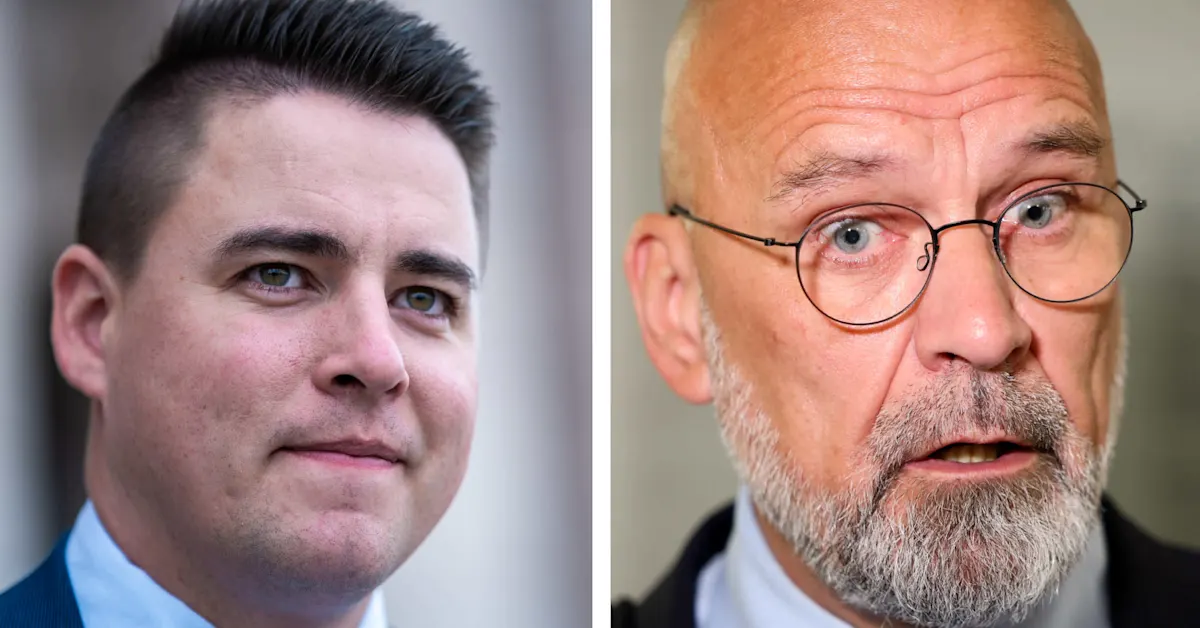
Armed troops guarding the main areas of Kathmandu appeared to give some sense of control returning to the city that was engulfed in violence and chaos in the previous days. Soldiers told residents about the curfew in place as they checked vehicles and people.
The army had warned late Tuesday that security forces were committed to preserving law and order. The military is rarely mobilized in Nepal and had initially stayed in the barracks as police failed to control the situation. An army statement said 27 suspected looters have been arrested, the AP reported.
Earlier on Tuesday, the protests had grown increasingly violent as demonstrators set fire to government buildings and politicians’ homes and attacked some leaders. As criticism of the country’s political elite widened, the prime minister resigned, though it appeared to have little effect on the unrest.
Tens of thousands of protesters remained on the streets, blocking roads and storming government facilities. Army helicopters ferried some ministers to safety.
Also Tuesday, hundreds of inmates escaped from prisons in Kathmandu and other cities after police there abandoned their posts as a growing number of protesters attacked the security forces.
On Monday, demonstrations led by young people angry about the blocking of several social media sites gripped Katmandu, with police opening fire on the crowds, killing 19 people. The social media ban was lifted on Tuesday, but the protests continued, fueled by rage over the deaths and accusations of political corruption.
President Ram Chandra Poudel, the ceremonial head of state, appealed to the protesters to pursue a peaceful resolution and stop further escalation. He accepted the resignation of Prime Minister Khadga Prasad Oli and tasked him with leading a caretaker government until a new one is in place, though Oli’s position and whereabouts were not clear.
The demonstrations —dubbed the protest of Gen Z— began after the government blocked social media platforms, including Facebook, X and YouTube, saying those companies had failed to register and submit to government oversight.



